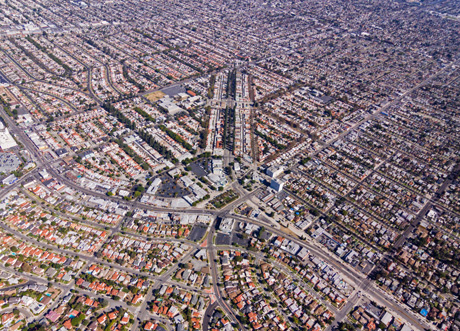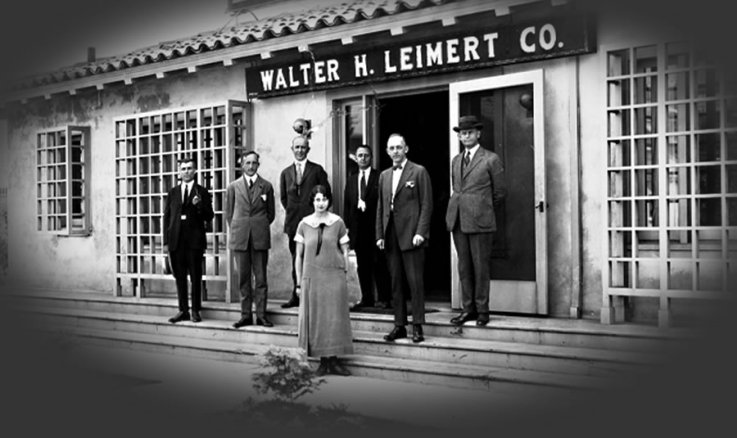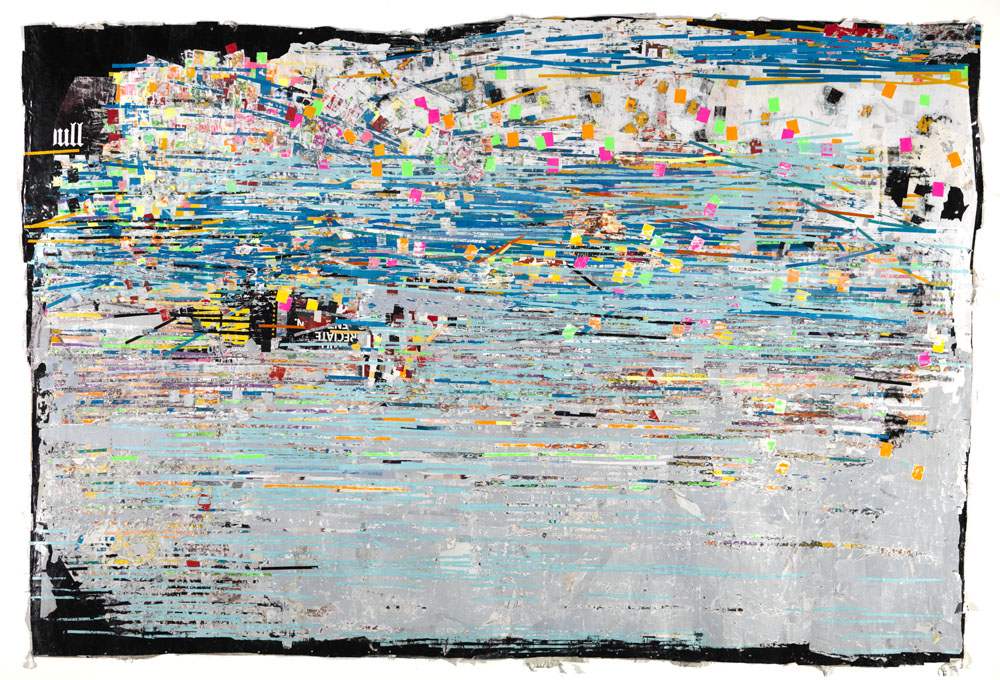Filmmaker John Singleton once described his neighborhood, Leimert Park, as “the black Greenwich Village,” an apt characterization of a place that is the heart of Los Angeles’ contemporary African American arts and culture scene. Located between USC and Baldwin Hills, the neighborhood faces sure transition — by 2019, the Metro line is scheduled to connect Leimert Park to Inglewood and LAX.
One of the earliest planned communities in Southern California, Leimert Park is named for developer Walter H. Leimert, who began the project in 1928. The master plan was designed by the Olmsted Brothers (sons of Frederick Law Olmsted, the famed landscape designer of Central Park) who conceived a new neighborhood for upper and middle-income families, featuring amenities like limited car traffic near schools, utility lines hidden from view, and park strips planted densely with large trees.
Like most desirable areas of the city, however, Leimert Park was off-limits to African Americans. Things shifted in 1948, when the United States Supreme Court declared racially restrictive real estate covenants legally unenforceable in its landmark decision, Shelley v. Kraemer. Soon thereafter, affluent African Americans moved north to Compton, West Adams, and Leimert Park. Now, after three generations of African Americans have nurtured the neighborhood by cultivating art, culture, political discourse, and the patronage of black businesses, Leimert Park is the center of black Los Angeles.
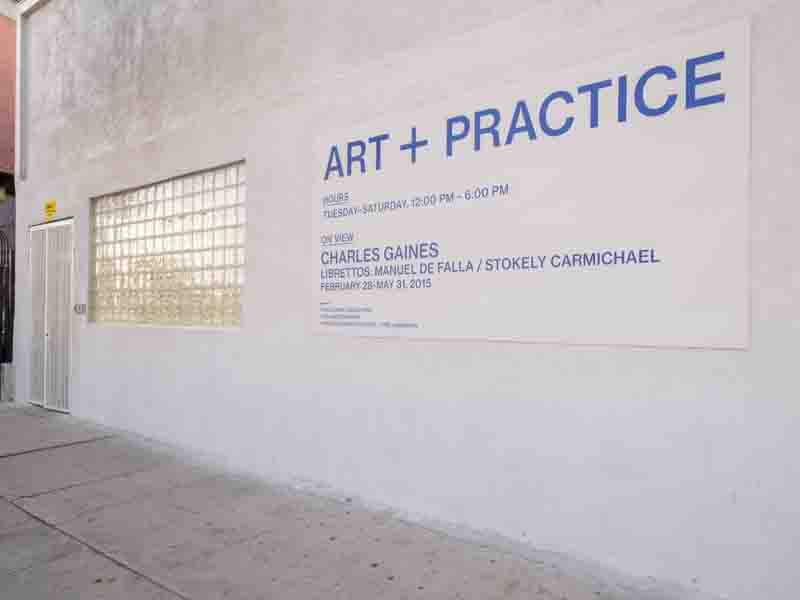
Installation view of Charles Gaines: Librettos: Manuel de Falla/ Stokely Carmichael at Art + Practice, February 28-May 31, 2015. Photo: Josh White
Today this boosterism continues at a new center, Art + Practice (A + P, 4339 S. Leimert), conceived and founded by acclaimed visual artist Mark Bradford, philanthropist and collector Eileen Harris Norton, and social activist Allan DiCastro. Art + Practice (A+P) aims to empower foster youth and strengthen the local community through contemporary art. To do so, the 20,000-square-foot campus features a technology lab and classrooms utilized by The Right Way Foundation to deliver mental health services and job training to foster youth, a gallery with exhibitions organized by the Hammer Museum, a curated film and lecture space, and artists’ studios.
Bradford, the recipient of numerous awards including a 2009 MacArthur Fellowship, is known for his large-scale abstract mixed media collages, often incorporating materials found in urban environments like billboard posters and end papers used for hair perms. In 2007 he created a much-lauded three-story “ark” sculpture for Prospect.1 New Orleans, the art biennial that rose from the hurricane-ravaged city.
Click for more about Bradford’s life and work, or watch a nice PBS Art21 story on Bradford’s life and career.
Bradford grew up spending a great deal of time in Leimert Park, where his mother operated a bustling hair salon in which he also worked. The artist still maintains his studio in the area, and the hair salons that dot the neighborhood percolate with conviviality, so it’s easy to see them as fertile ground for creativity and community.
Exhibitions at A+P showcase contemporary art in all media, and especially highlight Los Angeles artists and works of social commentary. Now on display through May 31, 2015 is Charles Gaines: Librettos: Manuel de Falla/Stokely Carmichael, a series of twelve works that bring together the score of a tragic love story, the opera La Vida Breve (c. 1904) by Spanish composer Manuel de Falla, and a fiery 1967 speech by the civil rights activist and Black Panther Party member Stokely Carmichael. By visually layering the music score on top of the speech text, Gaines foregrounds the universality of class and racial struggles and the power of music to bridge difference. Gaines lives in Los Angeles and teaches in the School of Art at the California Institute of the Arts.
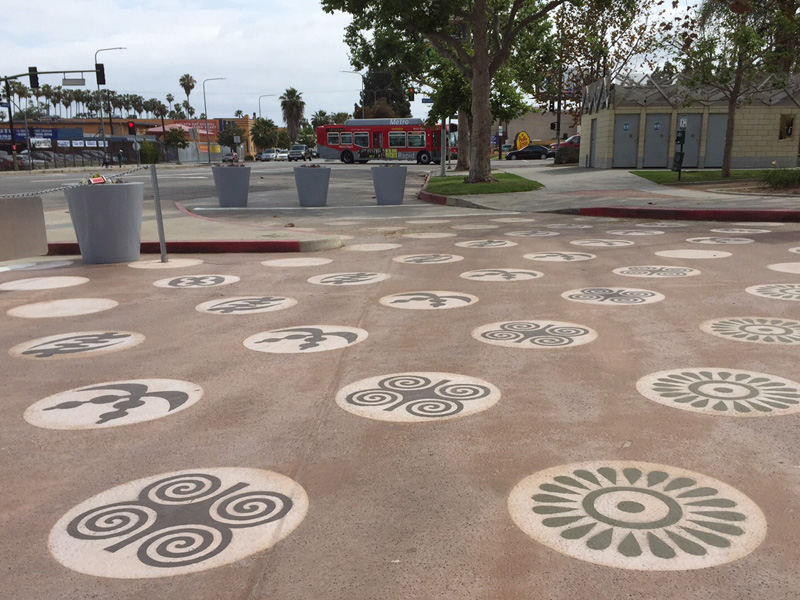
After checking out the happenings at Art + Practice, take a stroll around the block to explore the Afrocentric sites, sounds, and flavors of Leimert Park Plaza. Head south on Leimert Boulevard to reach the Plaza itself, which was built in 1928 and since the 80s has been an important hub for rallies, speeches, drum circles, picnics, and cultural festivals. The circular motifs embedded in the street adjacent to the park are adinkra, symbols from the Ashanti peoples of West Africa that typically decorate fabric and other objects to convey messages about wisdom, life, or the environment.
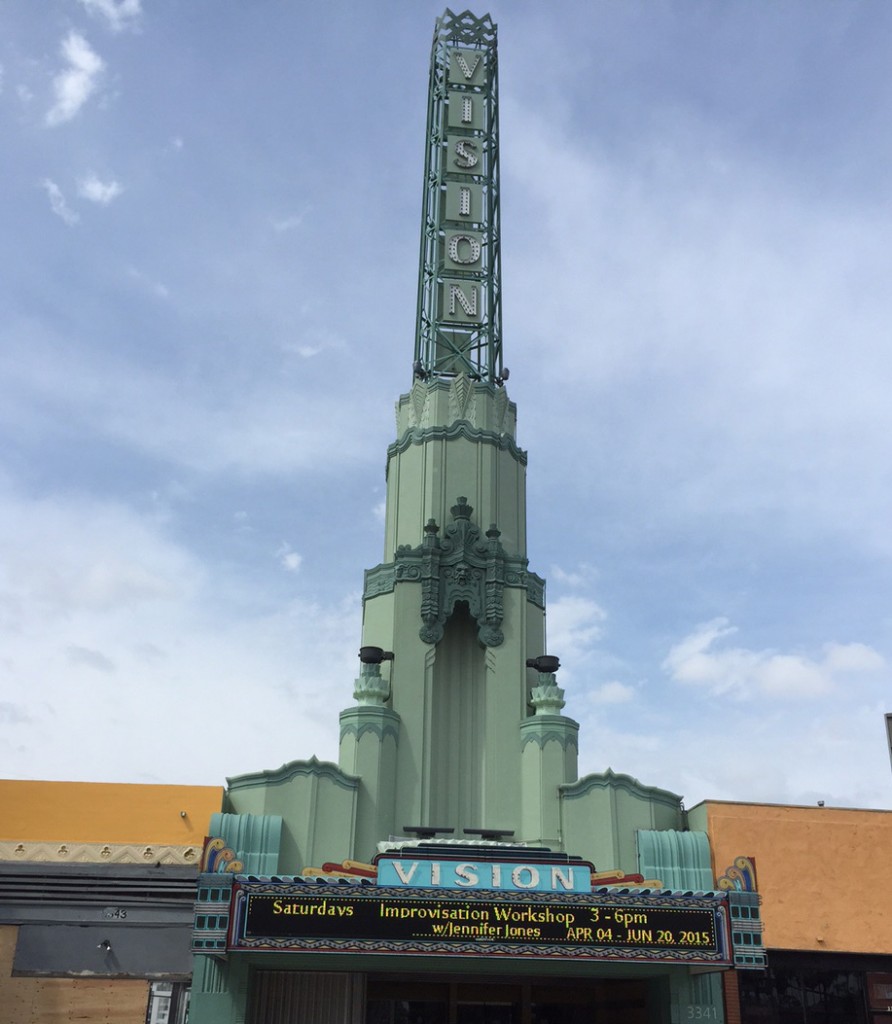
Presiding over the Plaza is the historic movie palace the Vision Theater (3341 W. 43rd Place), an Art Deco beauty built in 1931 by business tycoon and filmmaker Howard Hughes. It closed as a movie theater in the late-60s, and went through a handful of incarnations before an extensive renovation in 2012. Today the theater, now owned by the city, is a performing arts venue and is undergoing further restoration.
Turn north around the corner on Degnan to visit Papillion (4336 Degnan), a contemporary art gallery that focuses on emerging artists. Founder Michelle Joan Papillion bet on the neighborhood’s continuing revival when in 2014 she moved her gallery from Downtown to this light-soaked, 2,800-square-foot space that once housed the Brockman Gallery — the city’s first African American-owned commercial gallery.
Across the street is the current home of Eso Won Books (4327 Degnan), but not for long! In a few months this landmark African American bookstore is slated to move into the Art + Practice complex, providing a beautiful new home for the institution that has hosted some of LA’s biggest literary events, including book signings by Barack Obama, Bill Clinton, Toni Morrison, and Walter Mosley.
Here is a blog that tracks progress in the neighborhood.
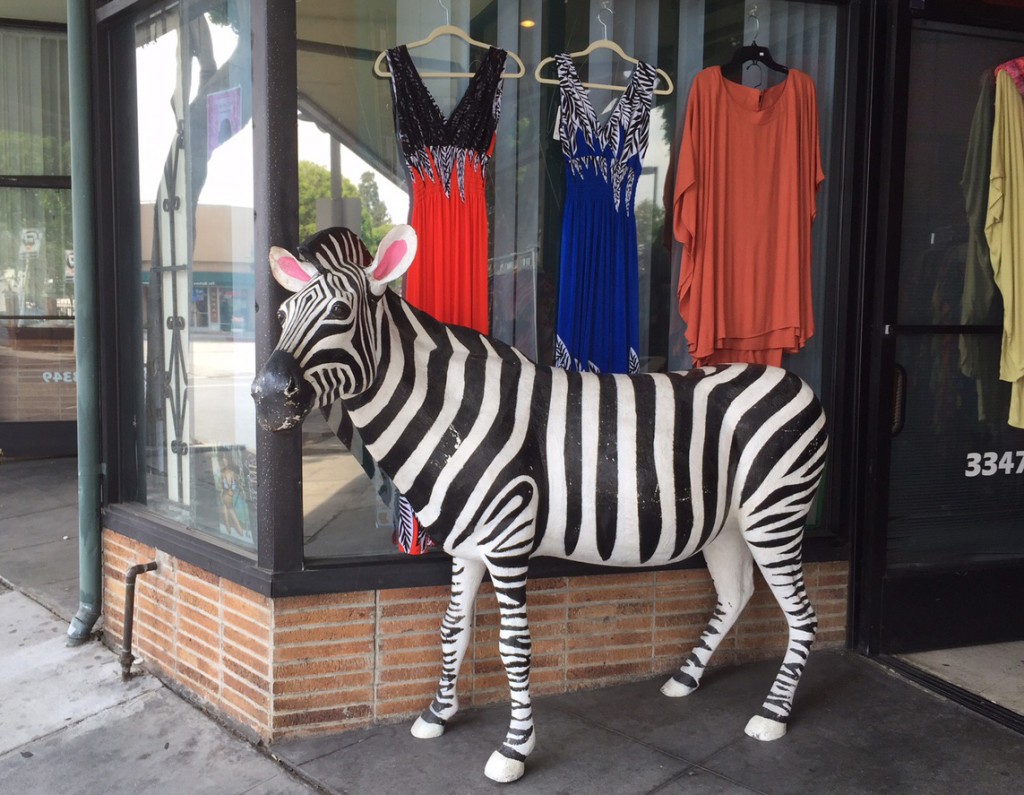 Be sure to pop into the Zambizi Bazaar (3347 W 43rd), where a zebra statue beckons you to check out their lovely selection of African and African American-designed clothing, jewelry, and accessories. The store interior is a kaleidoscope of color thanks to a paint job in the style of Ndebele house paintings, a vibrant art form pioneered by the Ndebele peoples of South Africa.
Be sure to pop into the Zambizi Bazaar (3347 W 43rd), where a zebra statue beckons you to check out their lovely selection of African and African American-designed clothing, jewelry, and accessories. The store interior is a kaleidoscope of color thanks to a paint job in the style of Ndebele house paintings, a vibrant art form pioneered by the Ndebele peoples of South Africa.
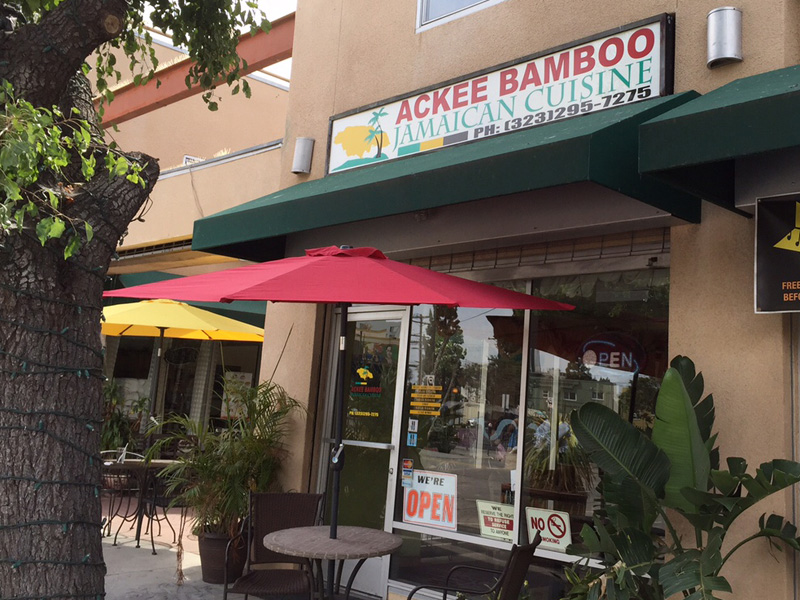
Hungry yet? Over and over, locals recommend these two spots: Ackee Bamboo (4305 Degnan) for delicious Jamaican food, and the no-frills Phillip’s (4307 Leimert) for BBQ. Seating is limited at Phillip’s and most people seem to go the take-out route, so why not close out your visit to Leimert Park with a car full of great-smelling BBQ to enjoy at home?
Written by Stacey Ravel Abarbanel

